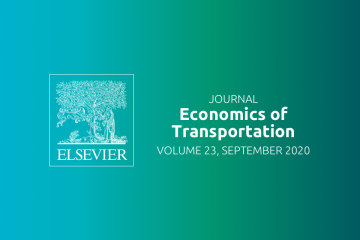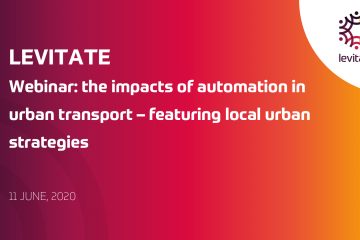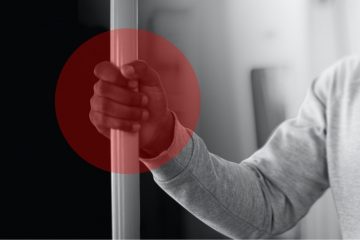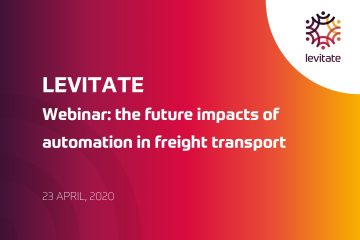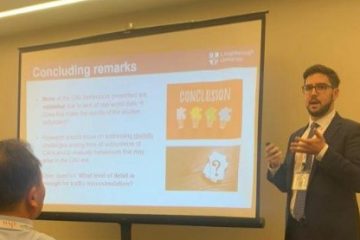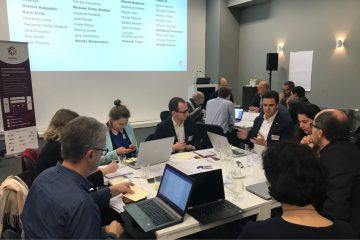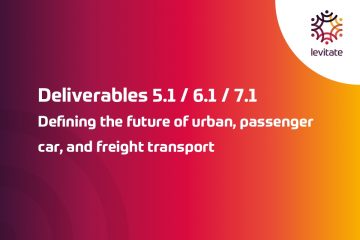Questions to Helmut Augustin, City of Vienna
Q: Please, introduce yourself shortly: what do you do in Vienna and what is your role in the LEVITATE project?
A: My name is Helmut Augustin. I hold a degree in Urban Planning. I have been working for the Vienna City Administration since 2004, currently in the Urban Planning Department, Section Mobility Strategies, as head of the Coordination Unit for Digitisation. I cover quite a big range of topics including (geo)data, quantitative analytics, data protection, Intelligent Transport Systems, Automated Driving and Geographical Information Systems.
Q: As a city partner, how do you contribute to project LEVITATE and why did you join the project?
A: I think the most important thing is that we bring in the perspective of a local government and a road authority. I think it is crucial to add this perspective to the discourse about CAVs (Connected and Automated Vehicles) which is otherwise quite industry-driven.
Q: What are Vienna’s views on and vision for connected and automated transport systems in an urban context?
A: We welcome CAVs if they are able to contribute to our smart city goals, in other words, they help us remain one of the most liveable cities. But our general approach is: Autonomous Vehicles must adapt to the needs of the city and its inhabitants, not the other way round.
An important point is how an automated transport system affects space consumption. Space is scarce in cities. It must be used as efficiently as possible. The most space-efficient and energy-efficient transport modes are by far walking, cycling and mass transit. There is an impressive picture by We Ride Australia which illustrates this. Therefore, we see CAVs as complementing, not competing with public transport. So, they should primarily operate in peripheral areas and between, not parallel to major axes of public transport, where current systems of public transport have weaknesses.
Another important point is compact settlement structures, including in rural areas, because CAVs might promote longer driving distances and consequently urban sprawl.
Q: What about safety?
A: This is primarily a topic for the national and European level. Our request is that CAVs must deal with conventional traffic participants, especially in mixed traffic with pedestrians and cyclists. Of course, CAVs must not expect vulnerable road users to be equipped with electronic safety devices.
CAVs shall only be permitted if proven to be significantly safer than human drivers.
CAVs must be safe on their own and responsible for their actions.
Q: Will automated driving require lots of new roadside infrastructure?
A: ITS roadside infrastructure might provide additional layers of safety. But CAVs must never rely primarily on ITS infrastructure, or they will be restricted to use specially equipped corridors only. Our position is that CAVs shall adapt to public spaces, not the other way round. They must be able to deal with the existing traffic guidance facilities.
I believe the possible shortcomings of CAVs at the current state of technical maturity should not be compensated by costly public roadside infrastructure. Rather this is a task for R&D units of automotive manufacturers. In this respect we need to ensure that international standardisation is not at the expense of those who maintain public roads.
Q: And what about dedicated lanes?
A: Cities have made great efforts in reducing barriers in urban space. They have constructed bridges, under- and overpasses, crosswalks and passageways. The goal is a walkable city and attractive public space. Dedicated lanes, especially those with physical barriers, clearly do not comply with this strategy.
In contrast we can imagine that CAVs offer new opportunities for attractive public space and liveable streets. CAVs follow regulations, are supposed to be safe and eco-friendly. Thus, they might work a lot better in shared spaces than conventional cars currently do, once initial technical weaknesses are overcome.
Q: Will CAV change the way traffic management works?
A: Traffic Management is increasingly driven by algorithms and data. We must therefore increasingly target Navigation-Systems rather than human drivers. As data-based traffic management and decision support requires data, public authorities need access to this data, including in-vehicle generated data. Of course, we only require statistical, fully anonymized data.
My vision would be that dynamic and comprehensive incentive systems manage the traffic flow. Routing is based on the optimum for the whole system (rather than individual optima). System overloads can be detected in advance and minimized. And as already mentioned: AV services complement, not compete with public transport.
Q: When do you think automated transport systems are going to be widespread in urban areas?
A: This is really hard to answer. Let me ask more pertinent questions. The critical point is not when CAVs will arrive in urban areas. Rather the critical questions are: Will cities be ready in time? In which framework will CAVs operate then? Which rules will they follow?
Q: Will Vienna be ready in time for a future with CAVs?
A: We are working on that on different levels and aspects. One important contribution will come from the LEVITATE project. This should help us getting a deeper understanding of the effects different policy options might have.
So being optimistic, I would conclude, “yes, we will be ready in time!”.


